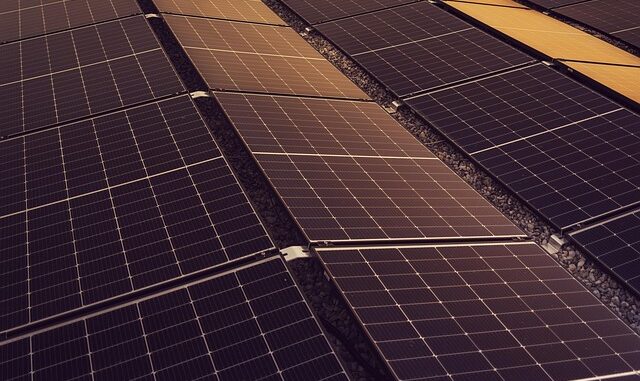
In recent years, a growing movement among architects in Europe has emphasized the importance of building less to achieve greater sustainability. This perspective challenges the traditional emphasis on new construction, advocating instead for the renovation and adaptive reuse of existing structures. By focusing on energy efficiency and sustainable design, architects aim to reduce the environmental impact of the built environment while meeting the needs of modern society.
Embracing Adaptive Reuse and Renovation
Adaptive reuse involves repurposing existing buildings for new functions, thereby extending their lifespan and preserving cultural heritage. This approach not only conserves resources but also minimizes the carbon footprint associated with demolition and new construction. For instance, the renovation of the former Building Blocks office in Amsterdam preserved the original concrete frame while adding a new glass facade, insulation, and smart building systems to transform it into an energy-efficient, digitally connected workspace. Similarly, the 19th-century Baumschlager Eberle Architekten office in Vorarlberg, Austria underwent a deep energy retrofit, slashing its heating needs by 80% through enhanced insulation and heat pump technology. (europeanfutureenergyforum.com)
Successful low-energy building design hinges on careful planning. Focus360 Energy can help.
Integrating Sustainable Materials and Technologies
The choice of materials and technologies plays a crucial role in enhancing energy efficiency. Cross-laminated timber (CLT) has emerged as a sustainable alternative to traditional building materials. Composed of layers of wood glued at right angles, CLT provides strength and stability comparable to steel and concrete but with a significantly lower carbon footprint. Countries like Austria, Finland, and Sweden have championed CLT in urban building projects, demonstrating that timber-based high-rises can be both safe and sustainable. (climatechangewriters.com)
Incorporating renewable energy sources is another effective strategy. Many European buildings are integrating on-site renewable energy generation, such as rooftop solar photovoltaic (PV) systems. The Edge, a landmark office development in Amsterdam, pairs 30,000 square meters of PV panels with ground-source heat pumps and thermal energy storage to achieve net-zero energy performance. (europeanfutureenergyforum.com)
Implementing Smart Building Technologies
Advancements in technology offer new avenues for enhancing energy efficiency. Building Information Modeling (BIM) allows architects to simulate a building’s energy performance, carbon footprint, and resource efficiency before construction begins. The KlimaHaus project in Bolzano, Italy, for instance, used BIM to optimize passive design elements, renewable integration, and circular material flows, resulting in a zero-emissions office building. (europeanfutureenergyforum.com)
Similarly, smart building technologies, such as integrated sensors and machine learning algorithms, can automate HVAC, lighting, and other building services to minimize energy use in real-time. The Sjælsø office complex in Copenhagen, Denmark, features an advanced building management system that continuously monitors and optimizes the building’s performance, achieving a 35% reduction in energy consumption. (europeanfutureenergyforum.com)
Adhering to Regulatory Frameworks and Standards
Compliance with regulations and standards is essential for ensuring energy efficiency. The European Union’s Energy Performance of Buildings Directive (EPBD) serves as the main legislative instrument aiming to promote the improvement of the energy performance of buildings within the EU. This directive sets binding emission reduction targets and outlines requirements for member states to enhance the sustainability of their building sectors. (en.wikipedia.org)
Conclusion
By embracing adaptive reuse, integrating sustainable materials and technologies, implementing smart building systems, and adhering to regulatory frameworks, architects can significantly enhance the energy efficiency of new buildings. This holistic approach not only reduces the environmental impact of construction but also creates healthier, more comfortable living and working spaces. As the built environment continues to evolve, prioritizing energy efficiency will be key to achieving a sustainable future.


The examples of adaptive reuse are inspiring. The integration of smart building technologies, such as advanced building management systems, offers substantial potential for further reducing energy consumption in both renovated and new constructions.
I agree completely! The potential of smart building technologies is remarkable. I’m particularly interested in exploring how AI and machine learning can further optimize energy usage in real-time, adapting to occupancy patterns and external conditions. What are your thoughts on the role of predictive analytics in this space?
Editor: FocusNews.Uk
Thank you to our Sponsor Focus 360 Energy
Beyond energy efficiency, how might adaptive reuse impact urban density and housing affordability, particularly in rapidly growing metropolitan areas?